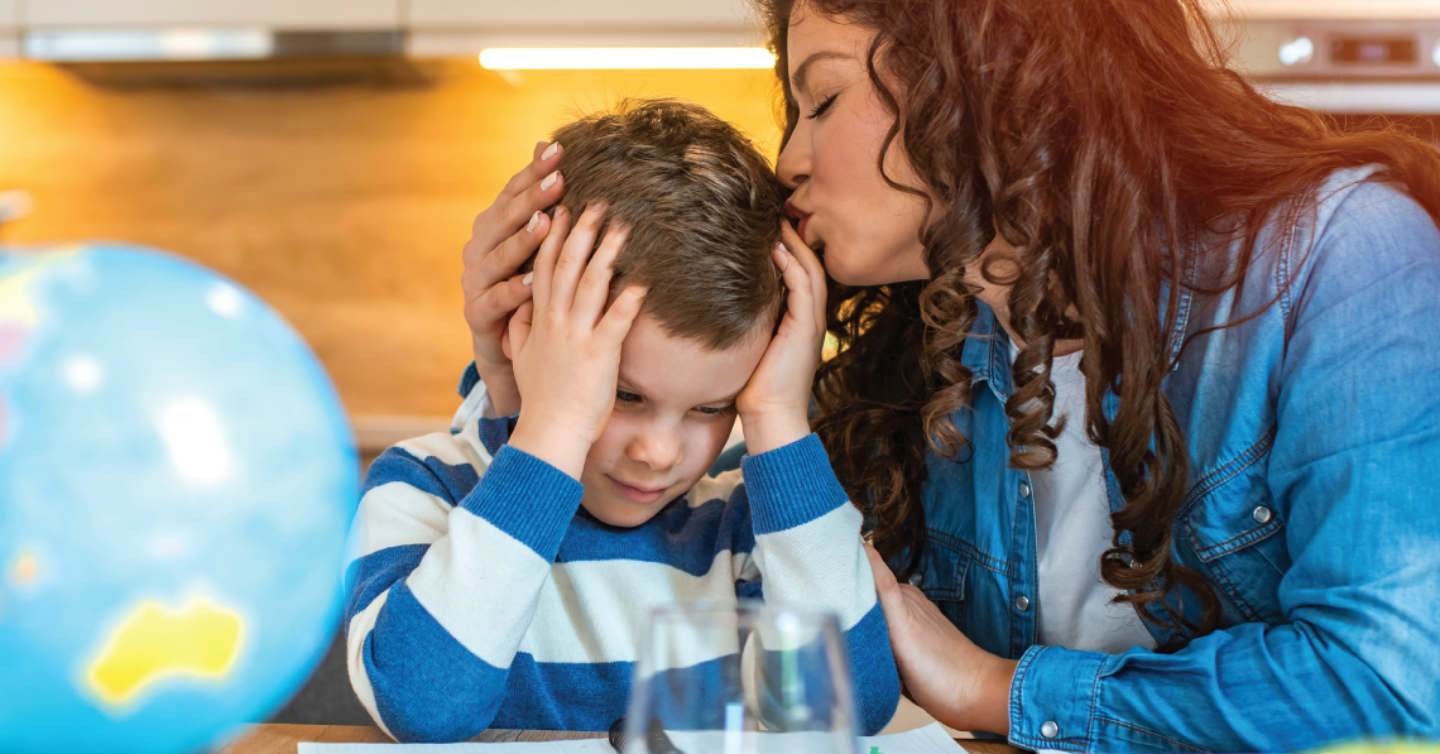COVID-19 Pandemic Holds Extra Challenges for Neurodivergent Individuals

Managing ADHD During the COVID-19 Pandemic
By Mary Zamost, quality care coordinator at Network Health
It’s back-to-school season and whether that means returning to the classroom, virtual learning at home or a combination of both, the coronavirus (COVID-19) may remain active throughout this school year. In the short-term, canceling or limiting extracurricular activities has become necessary.
Many adults and children are working and learning remotely. This lack of face-to-face interaction can lead to feelings of boredom, isolation, and loneliness. An increased lack of structure can make it harder to accomplish tasks and can sometimes lead to anxiety or stress.
How the COVID-19 Pandemic Affects ADHD
Navigating life from home can lead to major changes in daily routines. For instance, children with ADHD (Attention Deficit Hyperactivity Disorder) may have difficulty waking up and falling asleep at the same time when they don’t have to leave their home for school.
According to the National Sleep Foundation, low quality sleep can make ADHD symptoms more severe in children. In a recent study by Association for Child and Adolescent Mental Health, researchers also found that adolescents with ADHD experienced more depressive symptoms and exhibited negative behaviors when they got only 6 and a half hours of sleep.
Creating a Routine
Creating daily and weekly routines can help build good habits and may ease some ADHD symptoms. For example, according to Children and Adults with ADHD (CHADD), structure and routine can help reduce stress and uncertainty.
Creating a routine can include the following:
- Scheduling regular times for sleeping, eating, and physical activities
- Setting time aside for homework, physical activity, relaxation, and hobbies
- Spending a few minutes in the evening to come up with a shortlist of tasks to complete the following day
- Scheduling chores and other household activities ahead of time
All of us need structure. For children with ADHD, however, it is absolutely essential. Children with ADHD tend to have more difficulty managing their behavior and staying on task when their schedule is uncertain. This is particularly true when they don’t know how long they will need to wait to do pleasurable activities.
Creating a Calm Environment
A child’s physical space can profoundly impact their mental state. For instance, they may feel more focused when they do their work in a quiet, tidy room. Similarly, children may learn better without external distractions, such as noise from a television.
The following may help create a calming environment:
- Practicing breathing techniques
- Designated rooms and spaces if possible for work, play and relaxation
- Keeping a journal to write down thoughts and feelings
- Listening to relaxing music
Exercise
According to the authors of Effects of Exercise on Cognitive Performance in Children and Adolescents with ADHD, research suggests that regular physical activity leads to structural changes in the brain that may reduce ADHD symptoms in children such as improved impulse control and attention after a single 20-minute aerobic exercise session. Examples include bicycling, walking and running.
Coping with ADHD
It is essential that children with ADHD continue their current treatment, which may consist of taking medication, attending behavioral therapy, or a combination of the two.
Contact with their healthcare providers is very important. and now many of them offer telehealth services, where they can perform health evaluations, consultations and psychotherapy sessions by video.
Children with ADHD can also benefit from staying connected with family and friends using video chat services. Talking to loved ones can help reduce feelings of isolation and loneliness. Try scheduling these calls ahead of time. It could help motivate a child to complete a project or task.
When to Seek Help
Make sure to keep recommended follow-up appointments with your child’s healthcare provider so medication effect can be monitored and the dose adjusted if needed.
Parents should contact their healthcare provider if their child experiences ADHD symptoms that get worse or any new symptoms that interfere with their ability to function daily.
Summary
Children with ADHD may face disruptive changes in their life due to the COVID-19 pandemic.
These changes could trigger existing symptoms that get worse, new symptoms or other mental health conditions such as anxiety or depression.
Practicing preventive measures, creating a routine and a calm environment, exercising often and socializing virtually may help relieve these symptoms.
For more information on how your Network Health plan can assist with mental health during the COVID-19 pandemic, contact us today.



